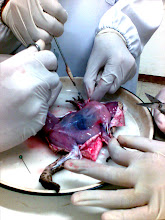


Name: The Biologist and the Scientist
From: Davao City, Philippines, Philippines
About me: We are the students of the most prestigious university, that is, the University of the Philippines - Mindanao. We are the the future Biologists, Marine Biologists, Scientist, Doctors - you name it. And most of all, we opt to receive the Nobel Prize in the near future! XD